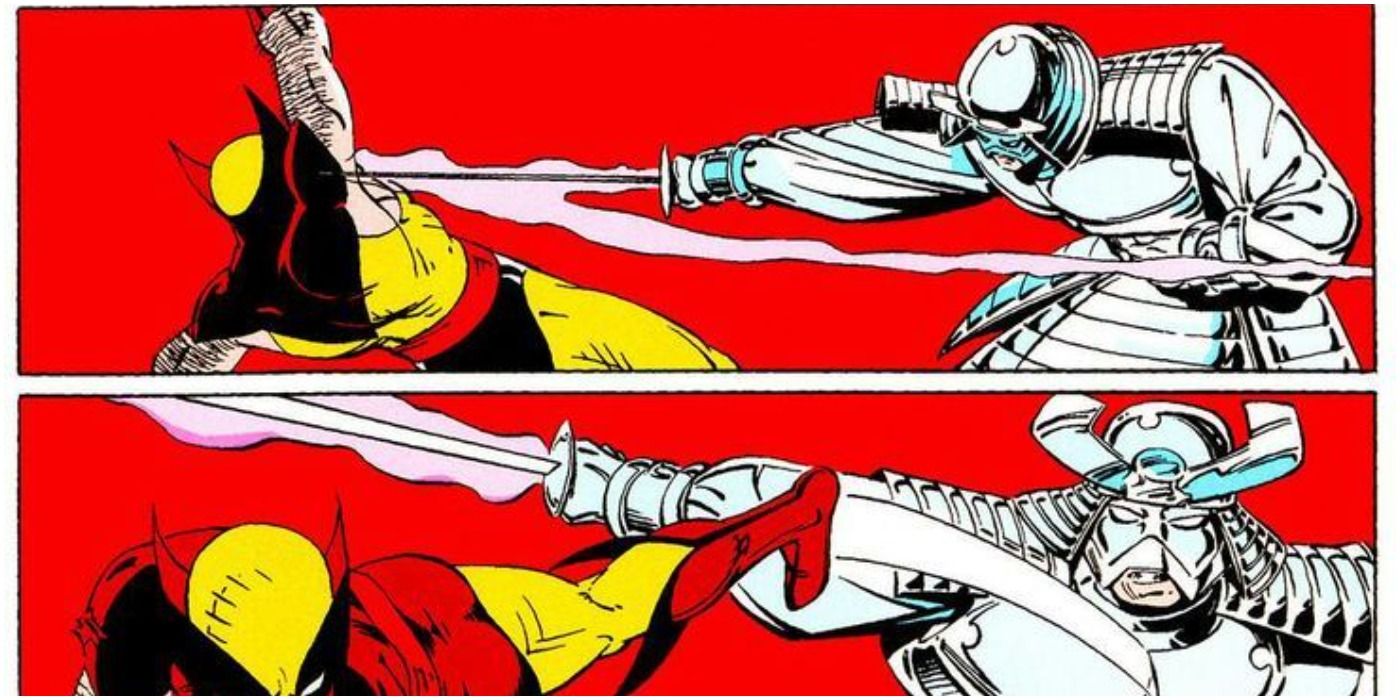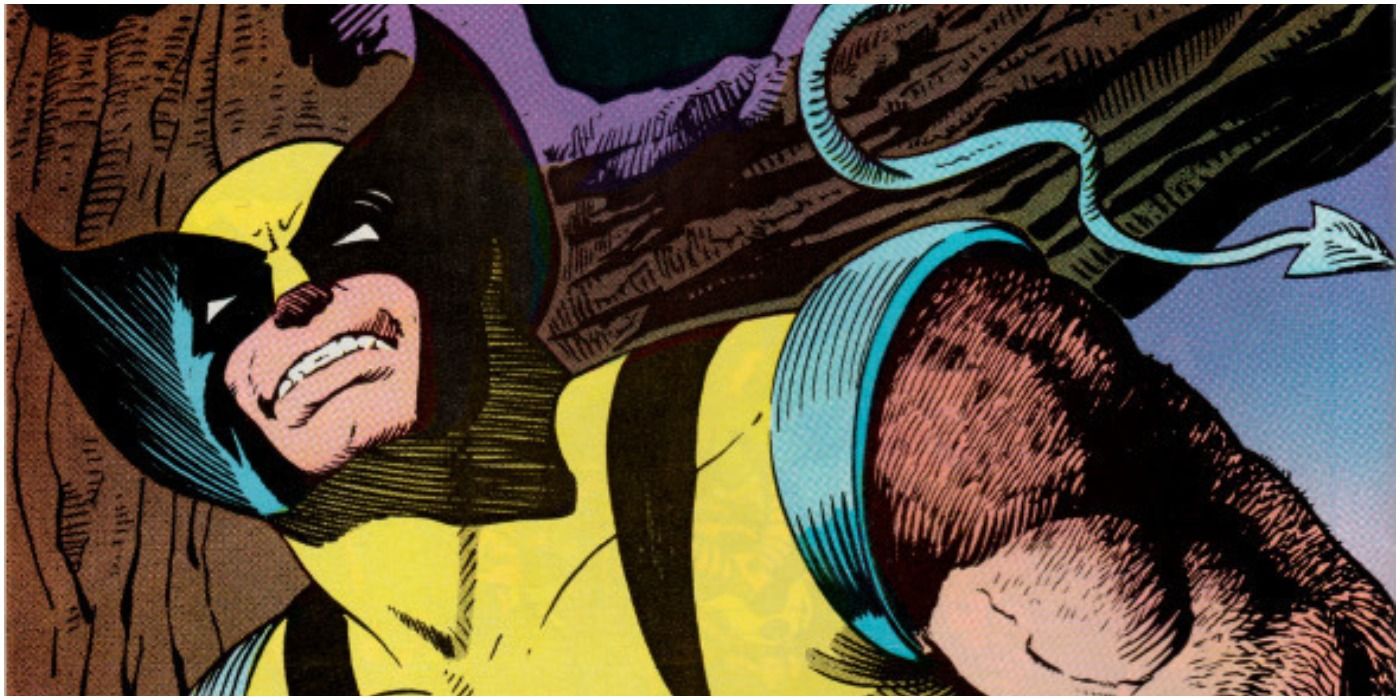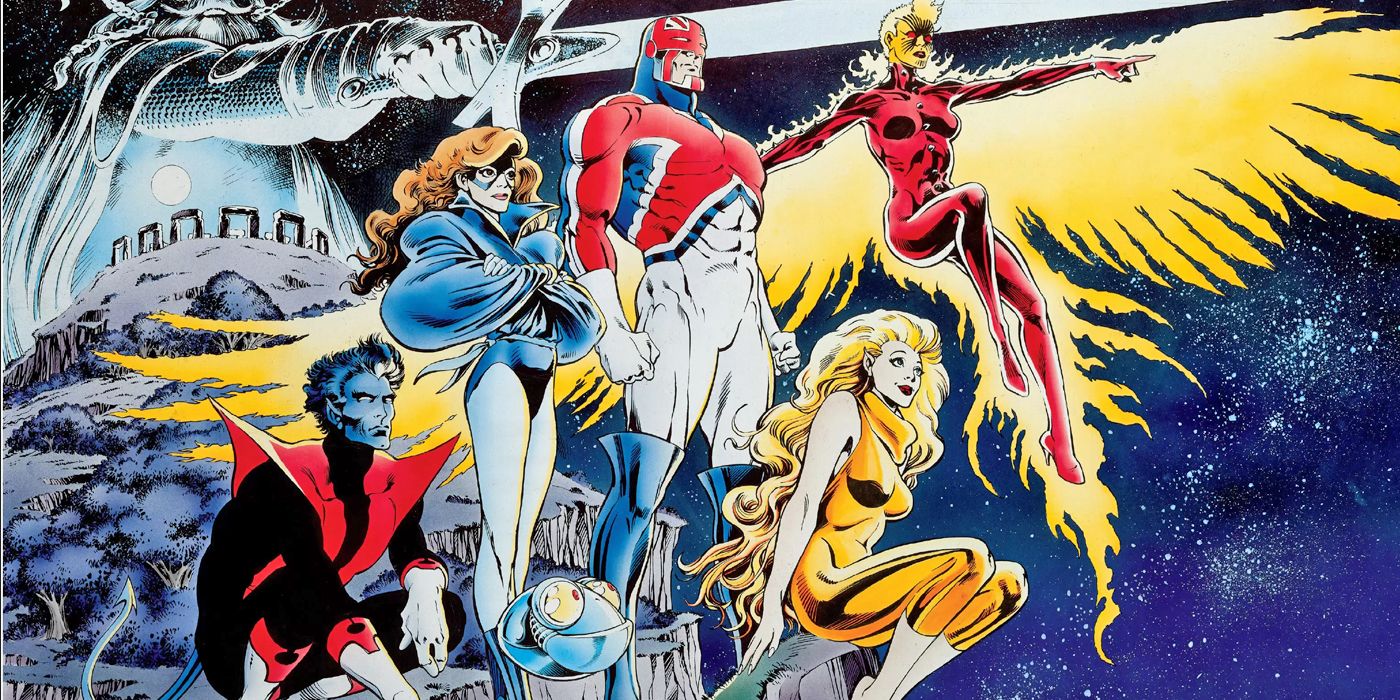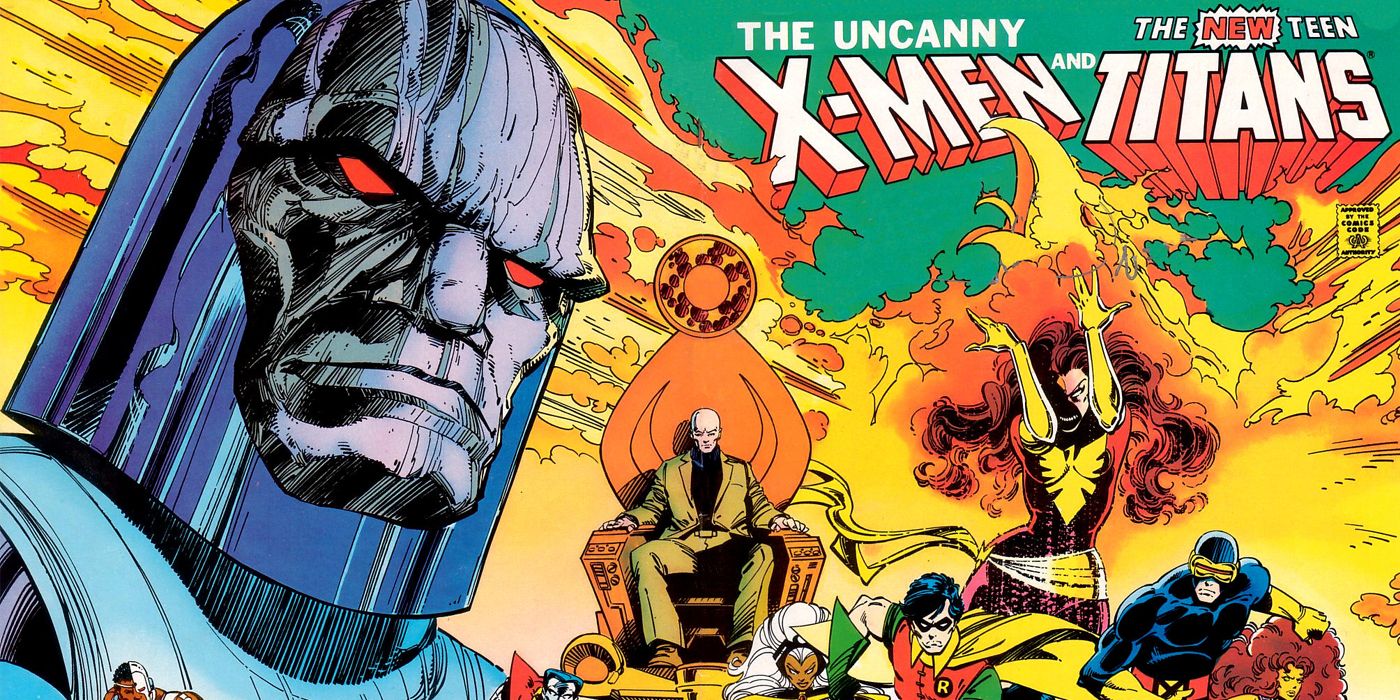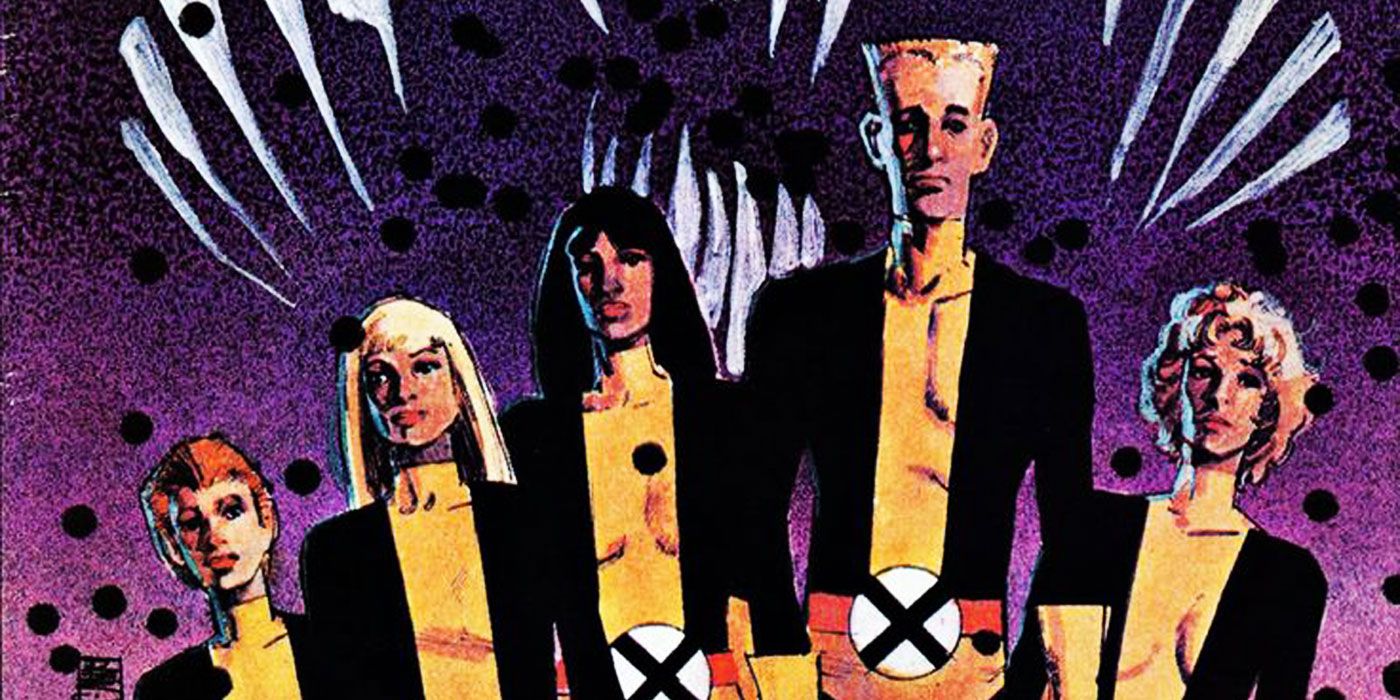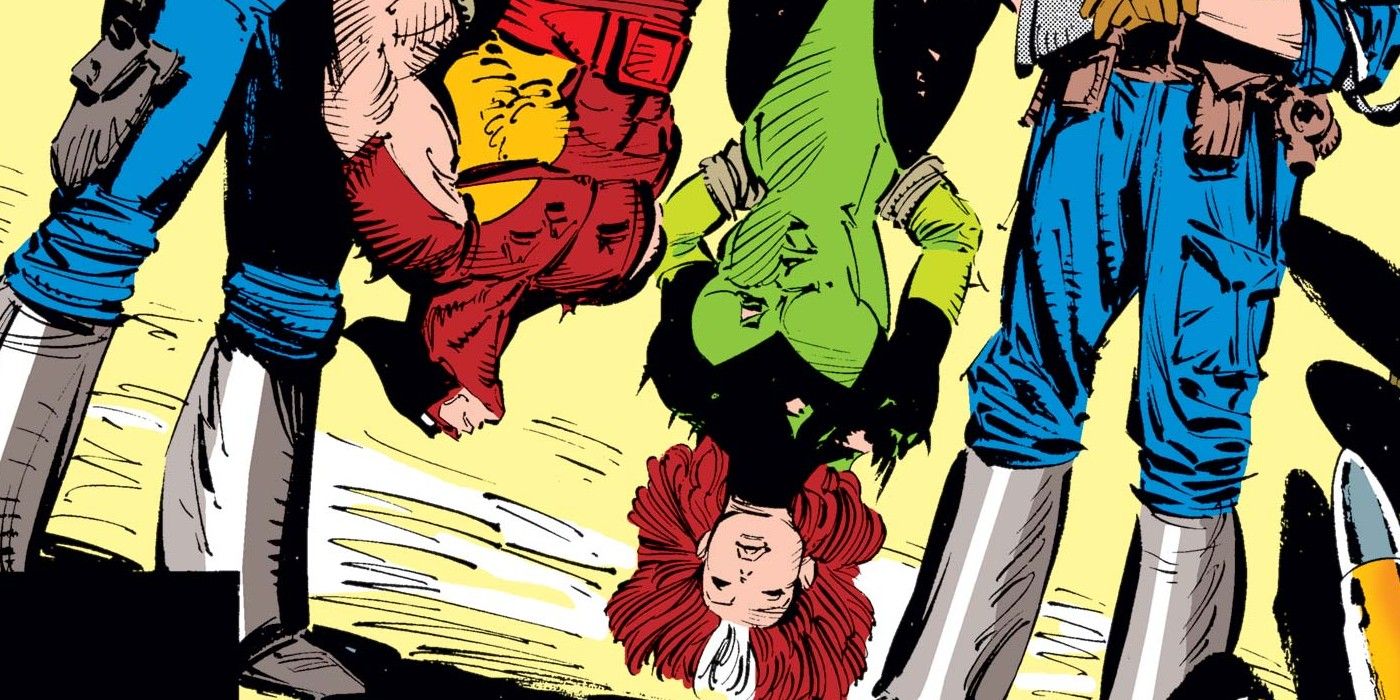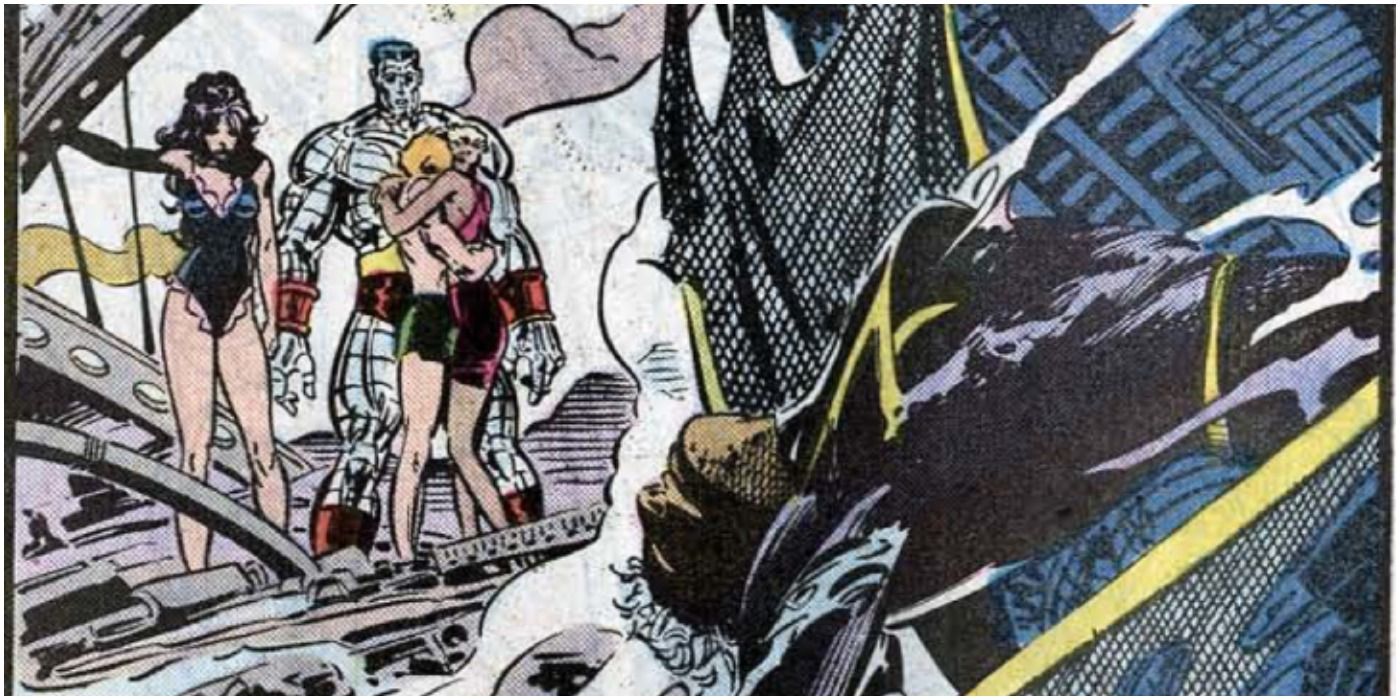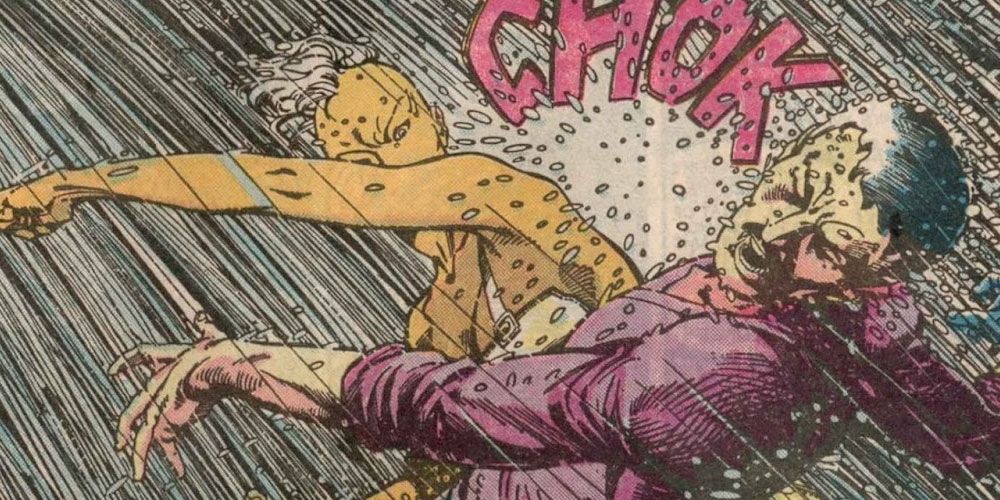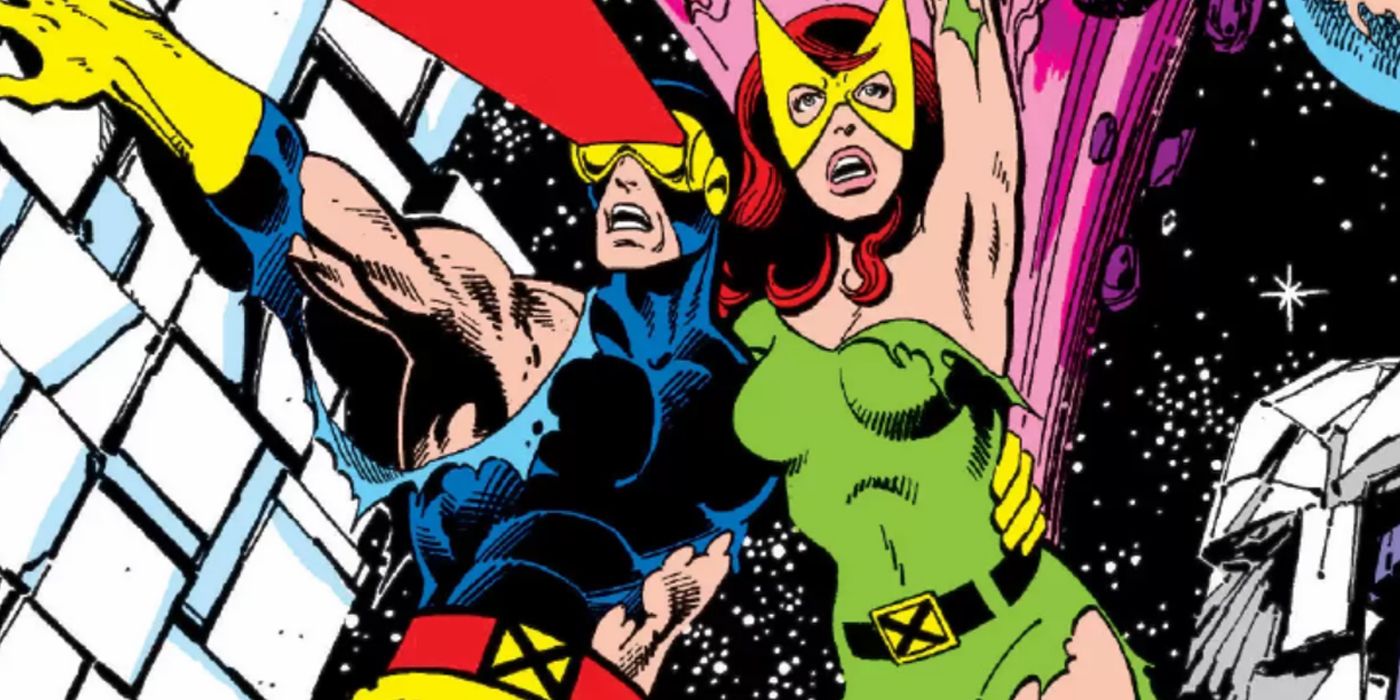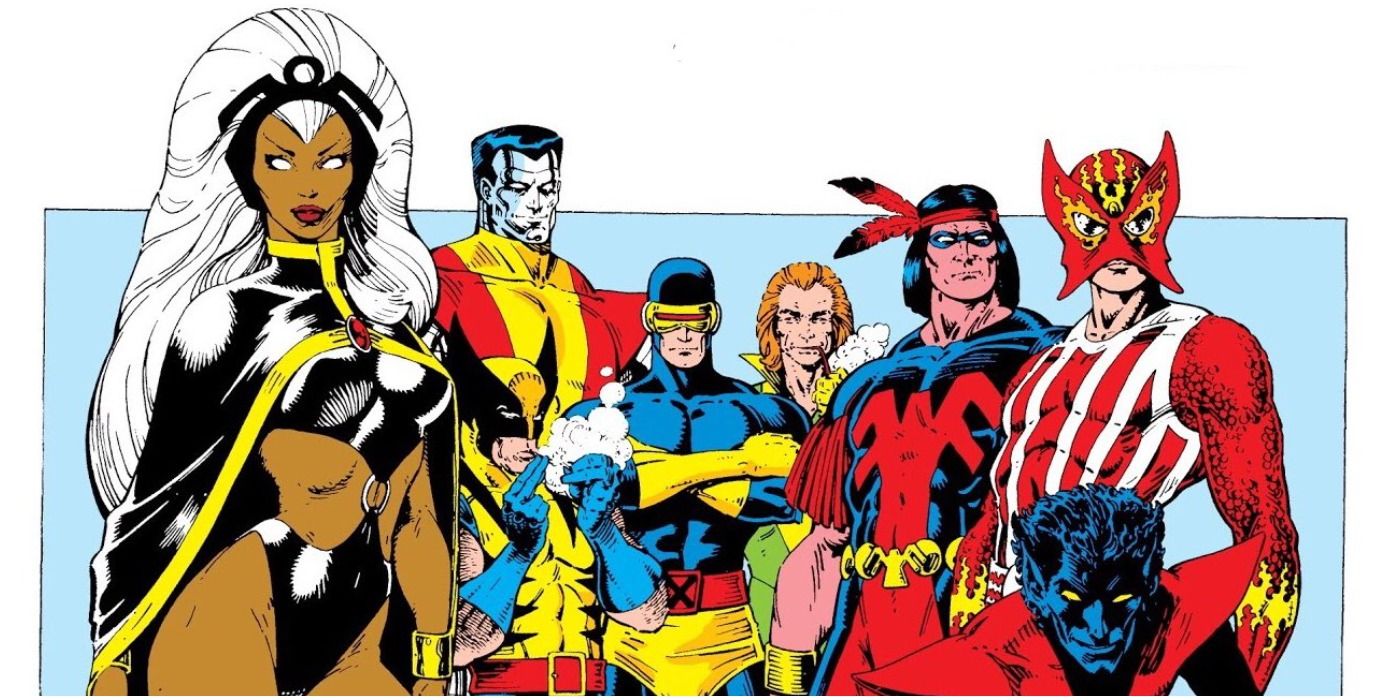The X-Men have been the face of the Marvel Universe for decades. Though the last ten years have belonged more to the Avengers, the mutants are back in a big way with the Dawn of X revival and their eventual transition into the Marvel Cinematic Universe (which can introduce some classic X-Men right away). Through it all, some of the best artists in comics worked on the X-Men.
The 80s in particular is the era where the X-Men really took off. Some of the best artists ever, and some criminally underrated ones, worked in the X-Men universe throughout the 80s. All of them owed a huge debt to those who came before, like Jack Kirby and Dave Cockrum.
10 Paul Smith
Paul Smith worked on the Uncanny X-Men between 1982 and 1983, penciling issues #165–170, and #172–175. His clean, simple line work continued a tradition of representing the X-Men in the tradition established by John Byrne. Smith made a huge impression with the cover of issue #173, which featured Wolverine and Rogue. The cover inspired X-editor Ann Nocenti to have Smith draw a poster of Wolverine in the same pose, which became one of the best selling posters of the 1980s.
9 John Bolton
In the late 80s, the X-Men were hugely successful and fans wanted more. Marvel began reprinting older X-Men comics along with new supplemental material in Classic X-Men. Much of these short vignettes were penciled by artist John Bolton. Bolton's style of heavy black lines and more classically illustrated figures helped squeeze in key character moments between some of the best stories in X-Men history. Bolton also drew The Books of Magic Vertigo series by Neil Gaiman.
8 Alan Davis
Alan Davis, like Bolton, is another major British transplant. His unique, slightly cartoonish style helped inaugurate a major era in X-Men history. With the X-Men believed dead, Nightcrawler, Kitty Pryde, and Rachel Summers left for England to form Excalibur in 1987. Excalibur opened a major branch of the X-Universe (and the omniverse) that recently played a major role in the X Of Sword event. Davis continued to work on the title into the 90s and later drew the main X-Men title in the early 2000s.
7 Walt Simonson
Walt Simonson is a towering figure in Marvel history, writing and drawing some of the best Thor runs ever. Simonson drew X-Factor early in the team's run, which saw the return of the original five X-Men, including Jean Grey, whose resurrection is arguably one of the worst Marvel retcons ever.
Simonson also drew the massive crossover between the X-Men and Teen Titans from DC, which combined the two most popular comic teams at the time in a battle against Darkseid.
6 Bill Sienkiewicz
Bill Sienkiewicz is one of the most iconic artists in comic book history. His unique style changed the game for X-Men spinoff The New Mutants and comics forever when he joined with issue #18. "The Demon Bear Saga" was hugely influential with its surreal, avant-garde art style, and later inspired the recent Easter egg heavy New Mutants film. Bill Sienkiewicz later had major runs on The Mighty Thor, Daredevil, and Elektra: Assassin. He also created the famous Epic Illustrated masterpiece Stray Toasters.
5 Marc Silvestri
Marc Silvestri drew the comic during the mid-80s, over a long run that stretched from issue #218 to #261. During this time, he drew one of the X-Men's best line-ups, the Outback team. Silverstri defined the 80s success of the X-Men in a lot of ways, including updating the look of Rogue. He also drew the Wolverine solo title for two years. His success set the foundation for his early 90s work as a founding father of Image Comics, where he drew his original creation, Cyber Force.
4 Jim Lee
Jim Lee is perhaps the most famous artist associated with the X-Men, specifically for his iconic work in the 90s. He actually got his start with the mutants in the late 80s. Lee drew fill-in issues, beginning with Uncanny X-Men #248. His energetic style was on display from the beginning, but it would take a little while for his own unique brand to emerge. When Silvestri left the title, Lee took over and ushered in arguably the most successful era of X-Men comics ever.
3 Barry Windsor-Smith
Barry Windsor-Smith's art style didn't look like anyone else's in the 80s and still doesn't today. Windsor-Smith combined the bombastic comic style of early masters like Kirby with a more classical illustration technique. This made him a unique choice for some of the X-Men's most dramatic and intimate stories.
Windsor-Smith drew "Lifedeath," a major story unique in its focus strictly on character. The issue developed the relationship between Storm and Forge, an unexpected X-Men romance. He also drew the landmark "Weapon X" story which established a major part of Wolverine's backstory.
2 John Byrne
John Byrne is one of the most iconic artists in all of comics. He drew some of the most famous X-Men stories ever, including "The Dark Phoenix Saga" (which has aged well in some ways and others not) and "Days of Futures Past." His clean, powerful lines rendered the X-Men in a classic style that remains popular to this day. Byrne later went on to write and draw major runs of the Fantastic Four, She-Hulk, and the post-Crisis On Infinite Earths Superman reboot, Man of Steel.
1 Art Adams
Art Adams never drew the X-Men books proper, but he was a major contributor to their 80s success and a huge influence on the superstars that followed in the 90s. Adams drew supplemental art and covers for the Classic X-Men reprints, as well as many of the X-Men annuals from the 80s. Adams has a dynamic style that clearly prefigures many of the Image artists that contributed so much to the history and success of the X-Men. His own style would continue to grow and evolve over the years.


